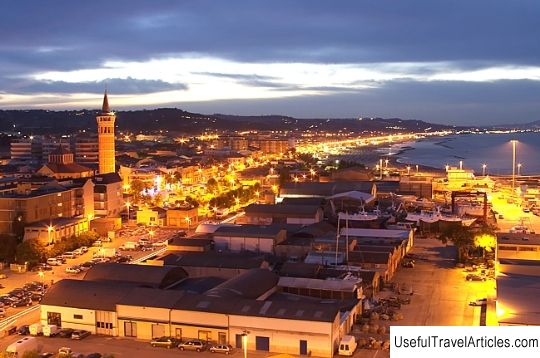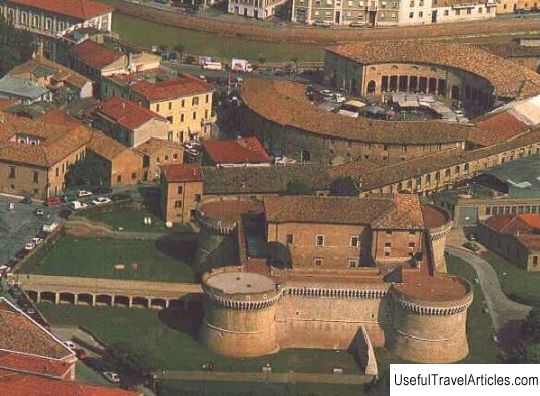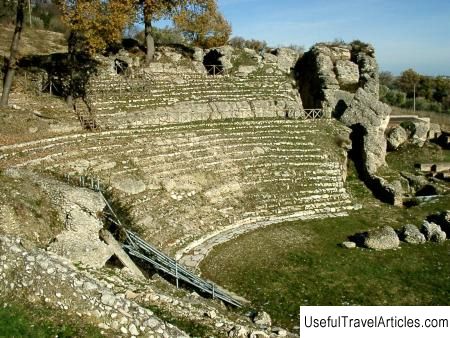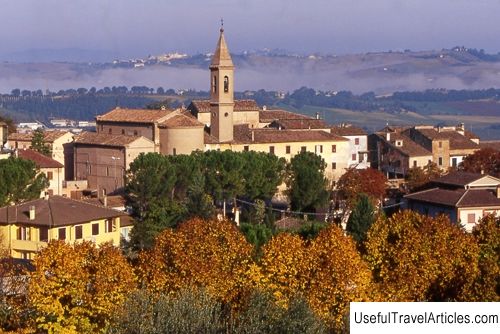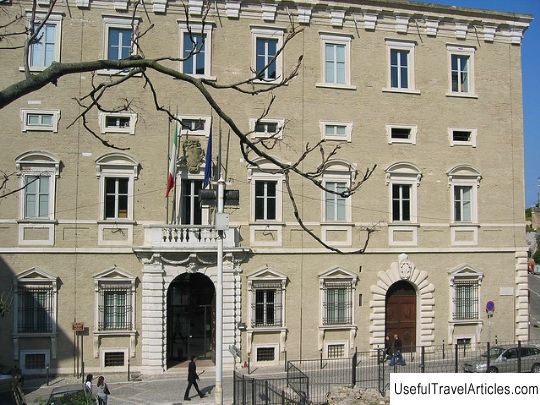Iesi description and photos - Italy: Marche
Rating: 7,5/10 (100 votes) 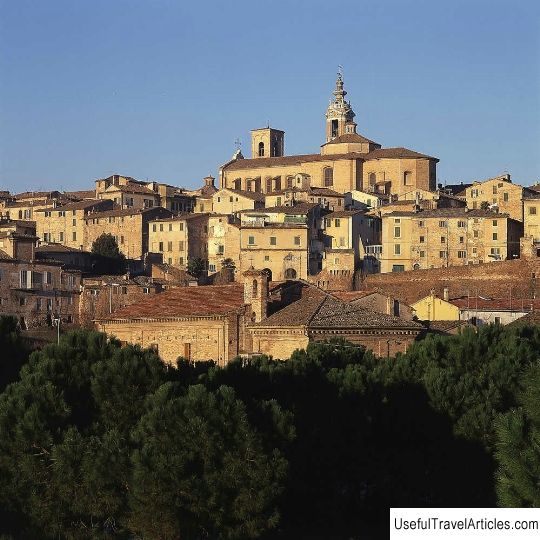
Iesi description and photos - Italy: Marche. Detailed information about the attraction. Description, photographs and a map showing the nearest significant objects. Title in English - Iesi. Photo and descriptionJesi is an important industrial and cultural center in the province of Ancona in the Italian region of Marche, located on the left bank of the Esino River, 17 km from the Adriatic coast. Jesi was one of the main cities in Umbria when in the 4th century BC. the Senone tribes invaded its territory and turned it into a stronghold of the struggle against the Pichen tribes. In 283 BC. the Senones were expelled by the Romans, and Jesi in 247 BC. became a Roman colony. After the fall of the Western Roman Empire, Jesi was raided more than once and was plundered, first by the Ostrogoths, and then by the Lombards. With the end of the Gothic Wars, Italy became part of the Byzantine Empire, and Jesi became one of its main centers and the bishop's see. Since 1130, the city, which became an independent commune, began to gradually expand its borders and capture the surrounding territories. It was here in 1194 that the Holy Roman Emperor Frederick II was born, who later bestowed upon Jesi the title of the Royal City. In the 14-15th centuries, the city passed from hand to hand - the papal governors, the Malatesta, da Montone and Sforza families ruled here. The latter for some time turned Jesi into their main stronghold in the Marche. But in 1447, the city became part of the Papal States, where it remained until annexation to Italy in the 19th century. Among the main attractions of Jesi, it is worth mentioning, first of all, the Cathedral, built in the 13-15th centuries, the 15th century Palazzo della Signoria with two rows of balconies, the Palazzo Balleani with luxurious gilded stuccoes and the Monastery of San Floriano 18th century. The defensive city walls of the 14th century have been preserved, built on the site of ancient Roman fortifications and partially reconstructed in the 15th century. Among the religious buildings are the Gothic Church of San Marco, erected in the 13th century, the Church of Santa Maria delle Grazie with a bell tower from the 17th century and the Romanesque Church of San Nicolo with a Gothic portal. Also noteworthy are the Palazzo Ricci, whose facade is influenced by the famous Palazzo dei Diamanti in Ferrara, the Teatro Pergolesi from the late 18th century and Palazzo Pianetti, one of the most outstanding examples of Italian Rococo art. The wide facade of the latter is decorated with hundreds of windows, and an Italian garden is laid out in the courtyard. The Palazzo Pianetti today houses the city's art gallery with a series of works by the Venetian painter Lorenzo Lotto.       We also recommend reading Piazza Vecchia description and photos - Italy: Bergamo Topic: Iesi description and photos - Italy: Marche. |
